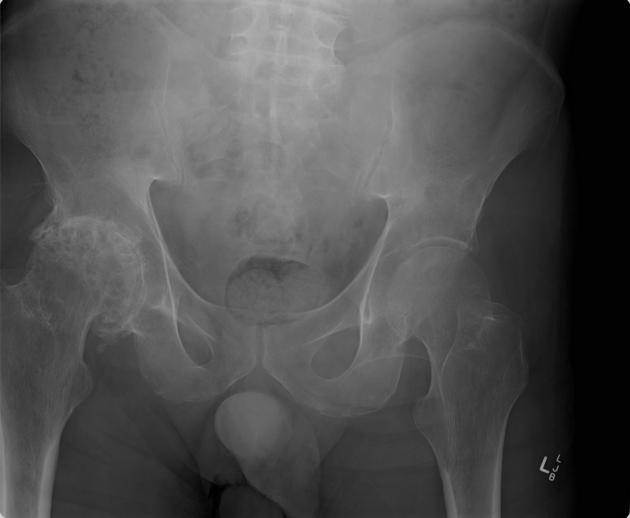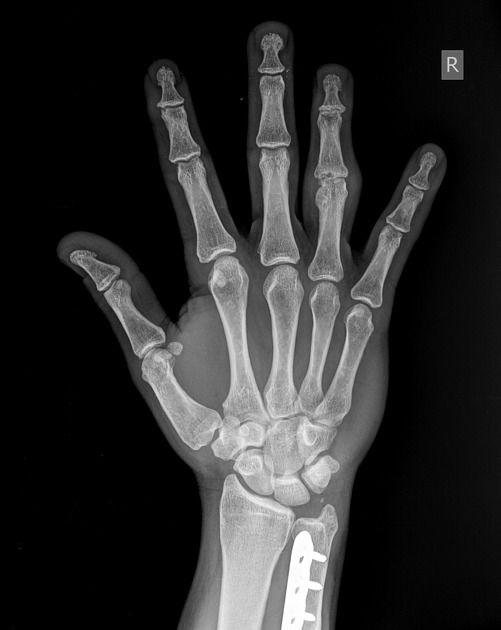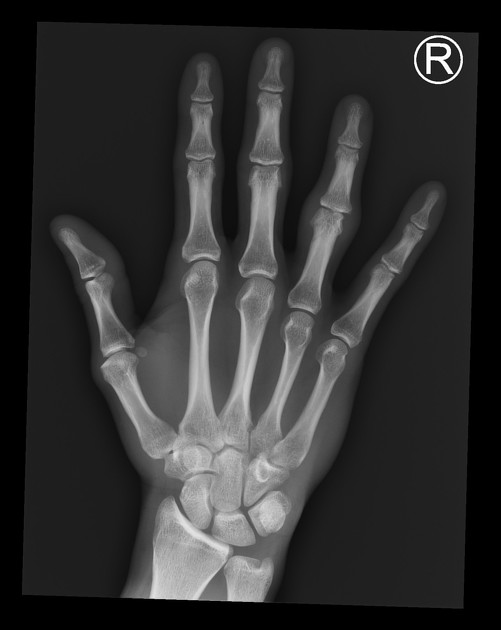Post-traumatic osteoarthritis (OA) is one of the forms of chronic post-traumatic arthritis.
On this page:
Epidemiology
Post-traumatic OA is common, accounting for ~12% of all OA and can account for ~50% of ankle OA, ~15% of shoulder OA, ~10% knee OA and ~2% of hip OA 1,2,4,6. Patients with post-traumatic OA are generally younger than those with primary/idiopathic osteoarthritis 1.
Pathology
Post-traumatic OA can develop after joint injury including 1,2,5:
- fracture, particularly intra-articular fracture
- chondral injury
- meniscal injury
- acute ligament sprain
- joint instability
- chronic ligamentous instability
Post-traumatic OA can be due to immediate mechanical damage (e.g. osteochondral injury), as the sequelae of inflammation, or due to chronic biomechanical alternations from joint instability 1,6. There is a latency period that can range from 6-12 months to 10-20 years from the time of injury to post-traumatic OA symptoms onset 1.
Location
Post-traumatic OA can affect any joint but commonly 1,2,4,6:
- ankle, particularly with chronic ligamentous instability
- knee, particularly after anterior cruciate ligament rupture, meniscal injury or recurrent patellar dislocation
- shoulder, particularly post dislocation
- hip, particularly post acetabular fracture
- wrist: e.g. SLAC wrist, SNAC wrist
- elbow
Radiographic features
Please see the main article, osteoarthritis, for a general overview of the radiographic features of OA.
Post-traumatic OA should be considered alongside other causes of OA when mono-articular, asymmetrical, occurring in atypical sites (e.g. wrist, elbow), or occurring in younger-than-expected patients. Malunion, articular steps and intra-articular bodies may be present 6.







 Unable to process the form. Check for errors and try again.
Unable to process the form. Check for errors and try again.